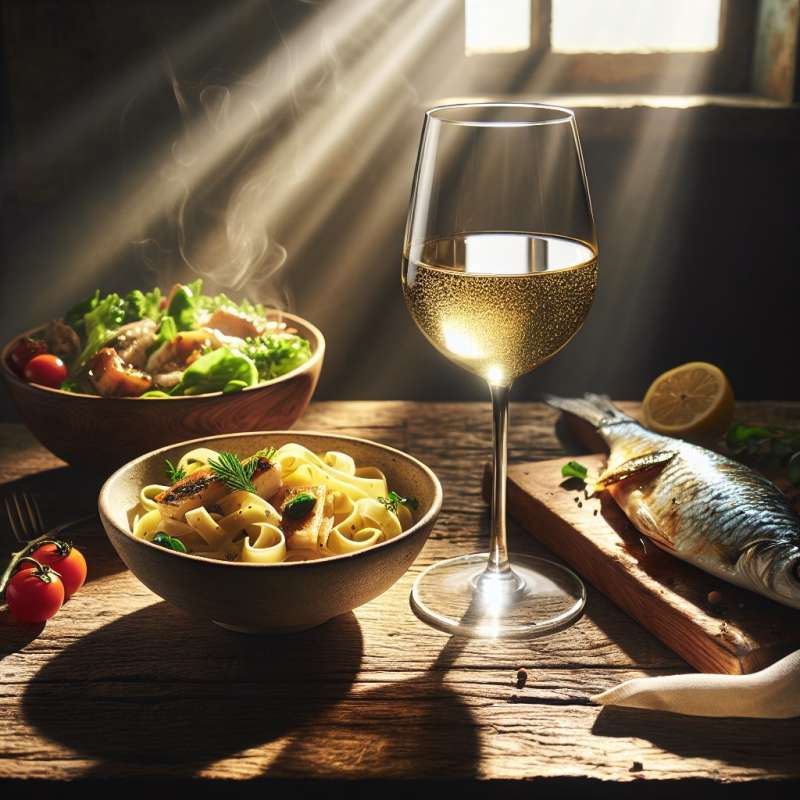
Pairing Basics Introduction
Wine and food pairing is an art, enhancing flavors in both. It's about balance, contrasting and complementing elements. The right pairing can turn a meal into an event, creating harmonious taste sensations.
Weight and Texture Matching
Match the weight and texture of the wine to your dish. Rich, creamy sauces pair well with full-bodied whites, while light, crisp wines complement delicate flavors and textures, such as a fresh salad or steamed fish.
Consider Acidity Levels
Acidic wines can highlight the flavors of acidic foods, like tomatoes or citrus-infused dishes. They can also cut through the fattiness of creamy or oily dishes, refreshing the palate with each sip.
Tannins and Protein
Red wines with high tannins, like Cabernet Sauvignon, are excellent with protein-rich foods. Tannins bind to the proteins and fats, softening the wine's astringency and enhancing the meat's flavor.
Flavor Bridges and Echoes
Creating a 'flavor bridge' means finding a wine with complementary flavors to your dish. A Pinot Noir with earthy notes, for instance, can beautifully echo the umami in mushrooms.
Spice and Sweetness Balance
Spicy foods require careful pairing; sweetness in wine can balance heat. A slightly sweet Riesling might be perfect with spicy Asian cuisine, cooling the palate and contrasting the spice.
Regional Pairing Wisdom
When in doubt, pair wines with foods from their own region. Local cuisines and wines have often evolved together, creating pairings that have stood the test of time, like Chianti with Tuscan steak.
What transforms a meal with wine pairing?
Matching colors and shapes
Creating harmonious taste sensations
Choosing the same country origin
Company